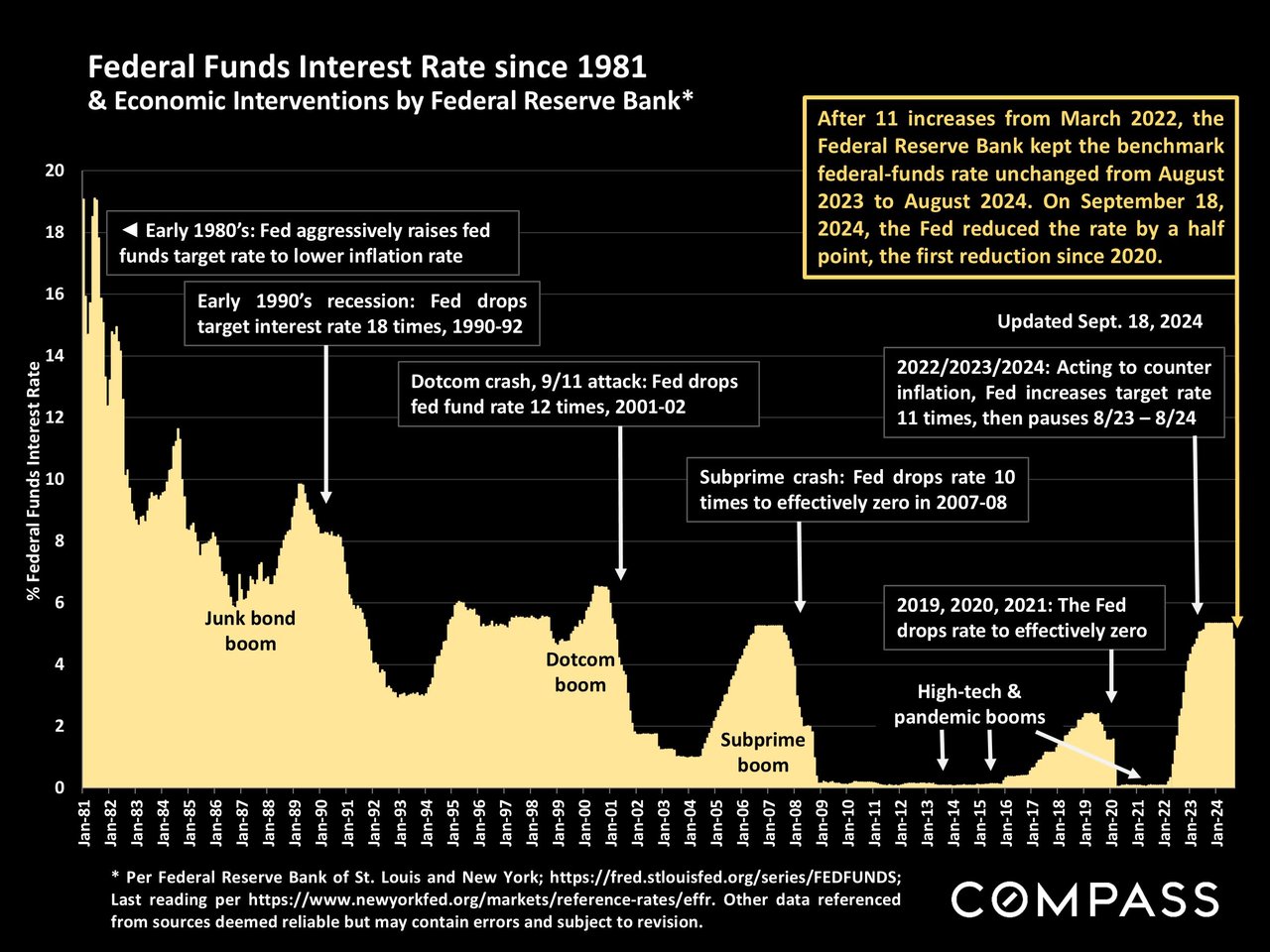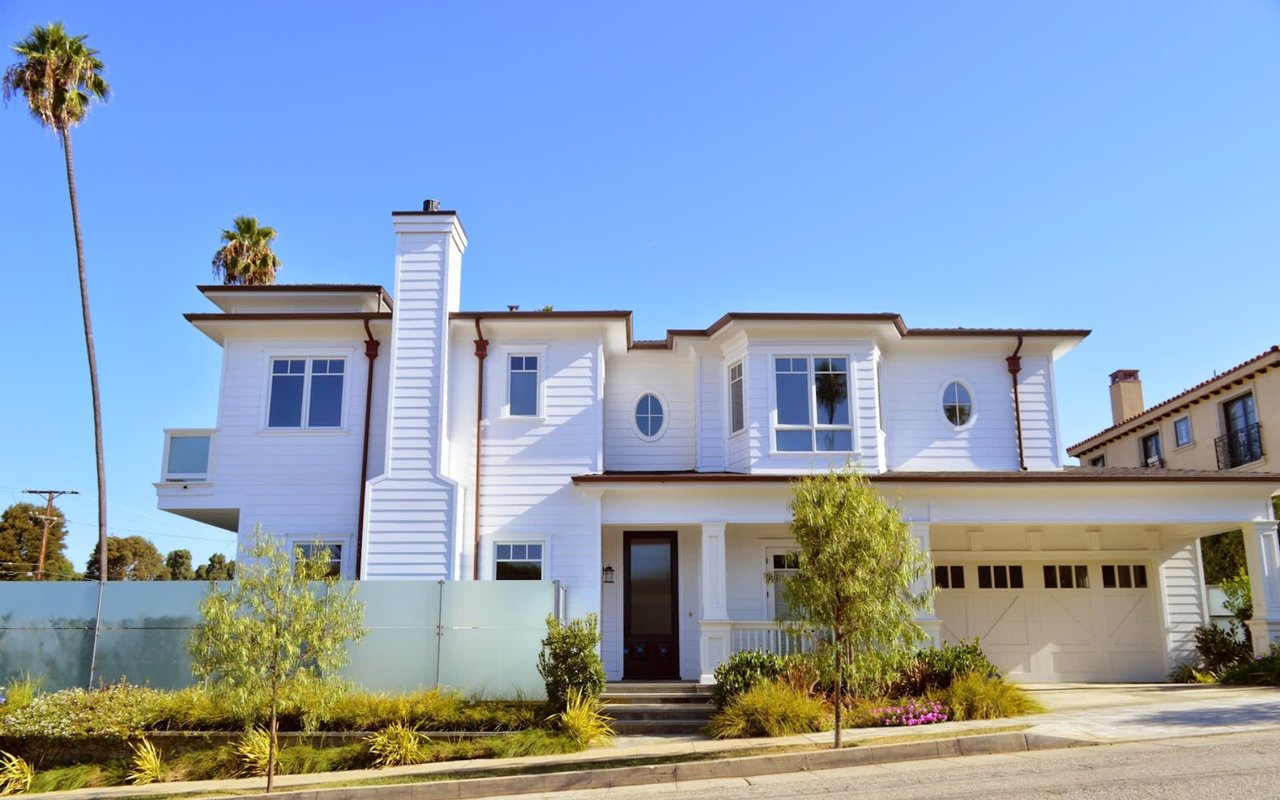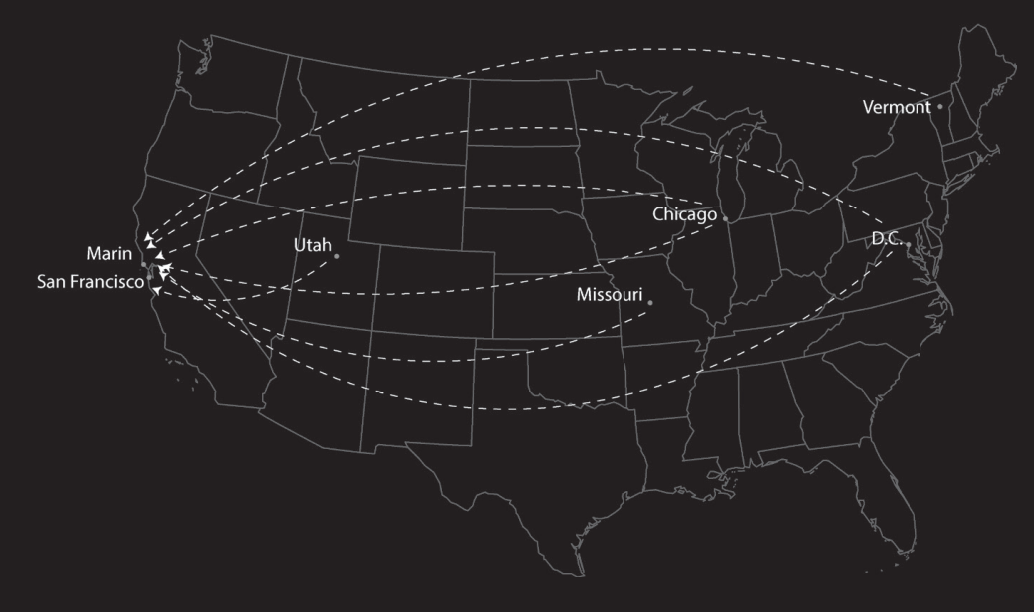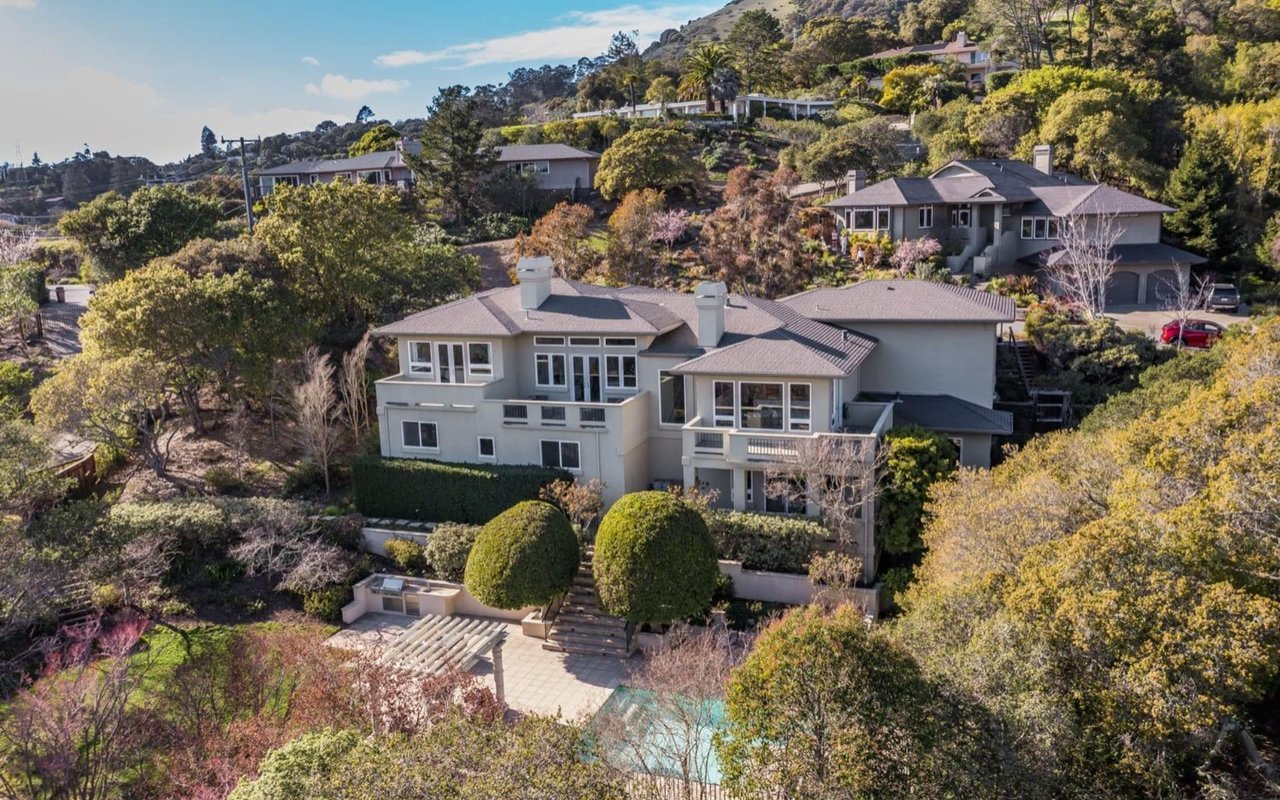In a significant financial shift, the 10-year Treasury yield reached a low of 3.64% on September 17, just before the Federal Reserve made a pivotal decision to cut interest rates by 50 basis points for the first time in four years. This move marked a turning point, as shortly after, the 10-year Treasury, which directly influences mortgage rates, climbed back over 4%. This rise in Treasury yields has led to 30-year fixed mortgage rates to increase to nearly 7%.
It's important to understand that the Fed funds rate primarily impacts short-term rates, which have decreased, while long-term rates, which are more volatile, have seen an upward trend. For prospective homebuyers, this means new opportunities when considering financing options. One such option is the 7-year Adjustable Rate Mortgage (ARM), which offers more flexibility in a fluctuating rate environment, and is approximately 1.25% less than the 30 year fixed option.
Freddie Mac recently commented on the current state of mortgage rates: "The decline in mortgage rates has stalled due to a mix of escalating geopolitical tensions...[but] zooming out to the bigger picture, mortgage rates have declined 1.5 percentage points over the last 12 months, home price growth is slowing, inventory is increasing, and incomes continue to rise. As a result, the backdrop for homebuyers this fall is improving and should continue through the rest of the year."
With these dynamics at play, the housing market presents a promising landscape for buyers. As the year progresses, the combination of stabilizing rates, increasing inventory, and rising incomes provides a conducive environment for those looking to purchase a home.












































